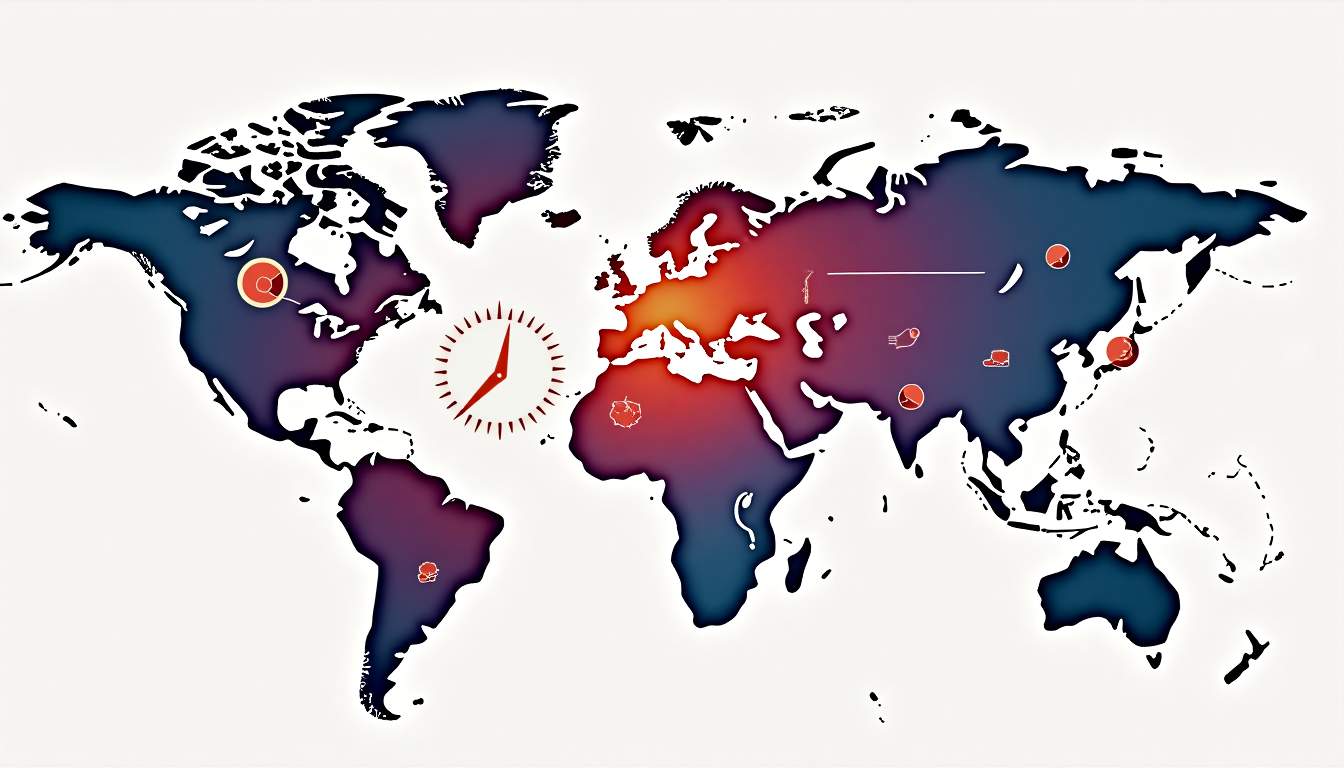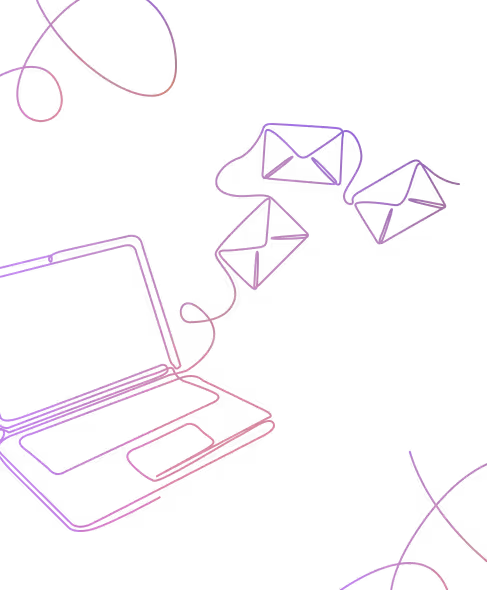Remote Work Optimization: Building High-Performance Distributed IT Teams Across Time Zones
The acceleration of remote work has transformed the technology sector from a campus-centric culture into a globally distributed talent marketplace. Gartner estimates that fully remote roles will rise to 39 % of all digital jobs by 2025, while hybrid arrangements will cover another 58 %. This seismic shift carries enormous promise—access to worldwide skill sets, lower overhead, and always-on service windows—but it also introduces complex new challenges around visibility, collaboration, and cohesion. Success is no longer measured only by code velocity or ticket volume; it now hinges on how seamlessly teams spread across continents can operate as one.
High-performing distributed teams master a blend of disciplined processes, well-chosen tools, and an intentional people strategy. They understand that time zones are not merely an inconvenience to be tolerated but a variable that can be engineered for productivity gains. They appreciate that digital infrastructure is the new office, and culture is no longer an osmosis effect of shared hallways but the product of purposeful rituals. The following framework explores the structural pillars any technology organization can adopt to optimize remote work and build resilient, high-output teams across the clock.
Each section unpacks evidence-backed practices, from designing asynchronous workflows to safeguarding psychological safety, illustrated with real-world examples from cloud-native vendors, fintech scale-ups, and open-source communities. Whether a start-up hiring its first overseas engineer or an enterprise refactoring decades-old processes, these lessons will help leadership transform geographic dispersion into a competitive advantage rather than a coordination tax.
Remote Work Framework
Remote excellence begins with a codified operating model that clarifies expectations, documentation standards, and decision-making cadences. Companies such as GitLab have published thousands of pages describing how every routine—incident response, design review, sprint demo—is executed asynchronously. This depth of detail removes ambiguity, lowers onboarding friction, and ensures that project momentum is not throttled by real-time meeting requirements. A 2023 Harvard Business Review study found that distributed teams with explicit process documentation outperformed peers by 24% on cycle time, largely because contributors could self-serve answers instead of waiting for a colleague to wake up hours later.
Key to any framework is delineating when synchronous collaboration is critical and when asynchronous channels suffice. For instance, a major architecture decision might warrant a short cross-regional video call, followed by an RFC document to capture outcomes. By contrast, daily stand-ups can be conducted through threaded updates in a chat tool, eliminating schedule gymnastics. Teams that optimize this mix reclaim an average of six meeting hours per employee per week, according to a 2022 Atlassian survey, freeing developers for deep work while still preserving alignment.
Finally, the framework must incorporate objective-based performance metrics rather than presence-based proxies. Story-point burn-down, deployment frequency, mean-time-to-recover, and customer satisfaction are far more telling than whether someone appears online at 9 a.m. local time. When outputs are clearly defined and transparently reported on dashboards, trust scales naturally, and managers can coach for results rather than micromanaging activity.
Moreover, fostering a culture of accountability and ownership is crucial within a remote work framework. Encouraging team members to take initiative not only boosts morale but also enhances innovation. When employees feel empowered to make decisions and contribute ideas without the constraints of traditional oversight, they are more likely to engage in creative problem-solving. This shift can be facilitated through regular feedback loops and recognition of individual contributions, creating an environment where everyone feels valued and motivated to excel.
Additionally, leveraging technology effectively can enhance the remote work experience. Tools for project management, such as Trello or Asana, can help teams visualize progress and prioritize tasks, while communication platforms like Slack or Microsoft Teams facilitate seamless interaction. Integrating these tools into the daily workflow allows teams to maintain clarity and focus, ensuring that everyone is aligned on objectives and deadlines. As technology continues to evolve, organizations must remain adaptable, continually assessing and integrating new solutions that can further streamline processes and enhance collaboration in a remote setting.
Time Zone Management
Time zone diversity can either fracture collaboration or create a “follow-the-sun” production rhythm that accelerates delivery. The difference lies in intentional planning. Winning organizations map their teammates’ working hours on a shared world clock and identify two or three golden overlap windows each week reserved for high-bandwidth interaction. Everything else defaults to documented, asynchronous pipelines. By batching real-time sessions, fatigue from irregular hours decreases and sentiment scores rise; Buffer’s State of Remote Work 2023 report shows a 17-point increase in work-life balance when overlap windows are explicitly scheduled.
One proven technique is the relay model, popularized by global SaaS providers. A development squad in São Paulo might complete feature implementation in the evening and hand off context-rich notes to testers in Singapore, who conduct QA while South America sleeps. Europe then picks up deployment and monitoring, ensuring a full 24-hour progress cycle without anyone working overtime. To make relays seamless, teams adopt concise hand-off templates—current state, blockers, next steps, and relevant links—shared in a central repository so nothing gets lost in translation.
However, “always on” must not morph into “never off.” Leaders should enforce quiet hours and leverage scheduling functions in communication tools to delay non-urgent notifications. Studies by the University of California, Irvine demonstrate that uninterrupted focus sessions improve code quality by 27%. Encouraging employees to craft personal status messages like “Heads-down coding until 14:00 UTC” educates coworkers on availability, amplifying respect for borders between work and rest.
Moreover, effective time zone management also involves cultural sensitivity and awareness. Teams should take the time to understand the local holidays, customs, and working practices of their international colleagues. For instance, a team in India may celebrate Diwali with extended time off, while colleagues in the U.S. might observe Thanksgiving. Recognizing these differences fosters a sense of belonging and respect, which can enhance team cohesion and morale. Additionally, incorporating cultural awareness into the onboarding process can help new team members acclimate more quickly and feel valued from day one.
Furthermore, leveraging technology can significantly enhance the efficiency of time zone management. Tools like world clock applications and scheduling software can automate the process of finding suitable meeting times across different regions. Integrating these tools with project management platforms can streamline workflows, allowing teams to visualize project timelines and deadlines in real-time. This not only helps in reducing scheduling conflicts but also aids in setting realistic expectations around project deliverables, ensuring that everyone is on the same page regardless of their geographical location.
Technology Infrastructure
In a distributed environment, the tech stack is the office. Its reliability and usability directly influence team output and morale. Secure, low-latency VPN alternatives such as zero-trust network access (ZTNA) remove the bottlenecks of legacy perimeter defenses, delivering faster build times and fewer disconnections for distant employees. According to Okta’s 2024 security trends, companies that adopted ZTNA reduced remote login friction by 31% and cut help-desk tickets related to network access by half. This shift not only enhances productivity but also fosters a culture of trust, as employees feel empowered to work without the constant worry of connectivity issues.
Collaboration tools must cater to both synchronous richness and asynchronous clarity. Version-controlled wikis, markdown-based knowledge bases, and searchable chat logs form the institutional memory that replaces hallway conversations. Meanwhile, virtual whiteboards and live-coding environments preserve spontaneity when creative brainstorming is essential. Choosing interoperable, API-driven platforms prevents data silos and allows automated workflows—think CI/CD pipelines that trigger notifications in chat and update project boards without manual touchpoints, keeping everyone, regardless of time zone, on the same page. This seamless integration of tools not only streamlines processes but also encourages cross-functional collaboration, allowing teams to innovate collectively, irrespective of their physical locations.
Hardware parity is another pillar. Providing stipend-funded, standardized laptops, noise-canceling headsets, and 4K webcams eliminates disparities that could undermine cross-regional trust. Nothing erodes credibility faster than echo-laden audio or lagging screen shares during a critical design review. By budgeting for enterprise-grade home office setups—often a fraction of the cost of traditional office leases—organizations send a clear message that remote staff deserve the same professional environment as on-site peers. Furthermore, investing in ergonomic furniture and accessories can significantly enhance employee well-being, reducing fatigue and promoting longer, more productive work sessions. As remote work becomes the norm, companies that prioritize their employees' comfort and efficiency are likely to see improved retention rates and a more engaged workforce.
Team Culture and Engagement
Culture, once passively absorbed through osmosis, now requires deliberate architecture. Psychological safety and belonging determine whether talented engineers voice bold ideas or silently disengage. Weekly virtual coffee chats, randomized peer-to-peer introductions, and internal tech talks allow interpersonal connections to blossom beyond ticket queues. A Microsoft study on hybrid work discovered that employees who engaged in informal digital social events reported 21 % higher innovation scores, underscoring the tie between social capital and creative output.
Recognition rituals translate corporate values into lived experience. Public shout-outs in all-hands meetings, digital badges for mentorship, and transparent promotion pathways replace the implicit visibility previously earned through late-night office presence. When applause is decoupled from proximity, remote contributors feel equally valued. Data from CultureAmp indicates that distributed teams with robust recognition frameworks see churn drop by up to 40 % year-over-year.
Finally, leadership must communicate with radical transparency. Quarterly business reviews, roadmap demos, and post-mortem analyses should be recorded and shared by default, ensuring that no one is left behind due to scheduling conflicts. Open calendars, accessible decision logs, and anonymous feedback channels further democratize information flow. The resulting atmosphere of inclusion and shared purpose turns geographic diversity into a mosaic of perspectives that fuels resilience, innovation, and sustainable growth.






